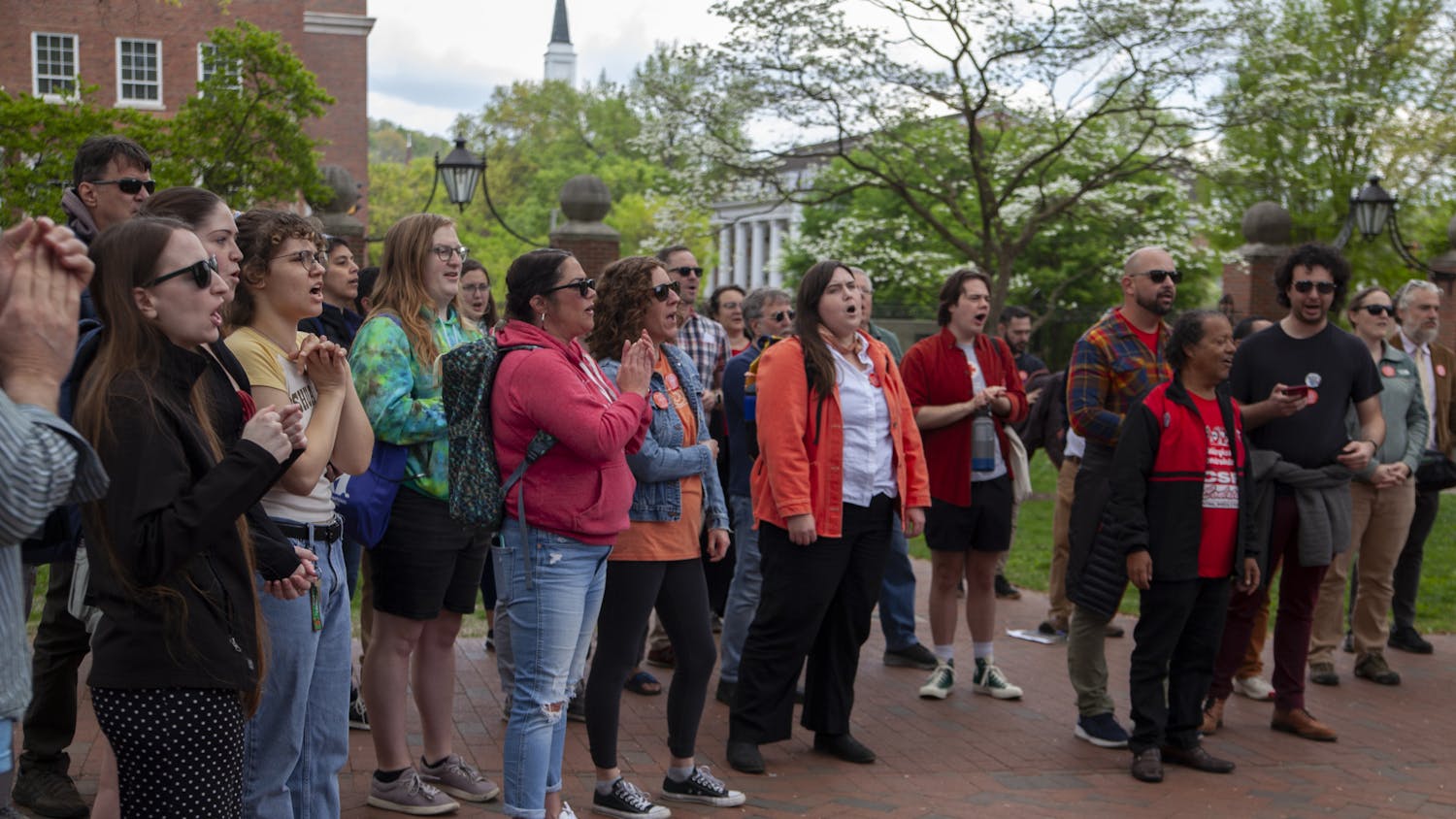The Office of Equity and Civil Rights Compliance has hired four new employees since July 2018 after being understaffed.
The positions were filled by two civil rights investigators, Tony Anaya and Sher Black; one Title IX investigator, Jacqueline Fausnight; and an associate director, Karen Petko.
ECRC handles all discrimination complaints for both staff and students. That means it’s helping more than 5,000 employees and more than 23,000 students.
Interim Director Kerri Griffin said she doesn’t think it was normal for the ECRC to gain so many new employees at once. But she said she believes the university recognized it was understaffed and needed a “pump-up” to be able to address what was happening on campus.
The new employees have a variety of academic degrees to their names. Fausnight has a master’s degree in higher education instead of a Juris Doctor degree, or JD, like Griffin and a few other ECRC employees have. In addition to this, Petko and another employee, Meredith Massman, also have backgrounds in student affairs, while Griffin, Anaya, Black and Jessica Cook, another ECRC employee, all have legal backgrounds.
“A lot of it is the combination that we have in the office between legal backgrounds and student affairs backgrounds that just kind of works,” Fausnight said. “I have a lot of experience working with the population of students that we serve here at Ohio University and knowing more about the higher education structure I know has been helpful.”
Griffin said where a degree in higher education has helped Fausnight in areas of her work, a legal background has given her a baseline to work from.
“Most importantly, a legal background makes me pay special attention to make sure that all parties in an investigation are receiving equitable treatment and due process,” Griffin said.
As a civil rights investigator with a legal background, Anaya said he has to travel to branch campuses for investigations and sometimes training as well. Cook, the assistant director of ECRC, is taken out of the office for training seminars often too.
ECRC is hoping to fill a new training position within the office by the end of the spring semester, Griffin said.
Fausnight and Anaya believe this training position will allow them to pass on some of the work they’re doing now to someone specifically designated to do that work.
“(The training position) helping with our workload would give us more opportunities to get out on the campus and broaden our reach,” Fausnight said.
Anaya said although the new employee will conduct the majority of the trainings, everyone in the office will still be able to cover trainings so the primary responsibility won’t fall on a single person.
Fausnight said part of the goal in hiring for a training position is to be able to facilitate more.
A review periodically of the process so people know what is expected is something Anaya said can be helpful. Everyone receives training when they start out, but an incident can occur three years later — and without a review it can be hard to know what to do, Anaya said.
“One of my big goals is to be able to provide more in-person training to our regional campuses,” Griffin said.
Anaya said ECRC wants students, faculty members and staff to be aware of its functions in case they find themselves interacting with the office.
“We want people to report. I would not want the community to worry about, ‘Is what I observed or what I thought about or what I was told about constitute as a violation or not?’” Anaya said. “That is what our office is here to determine.”






